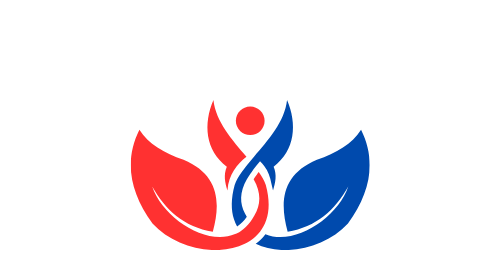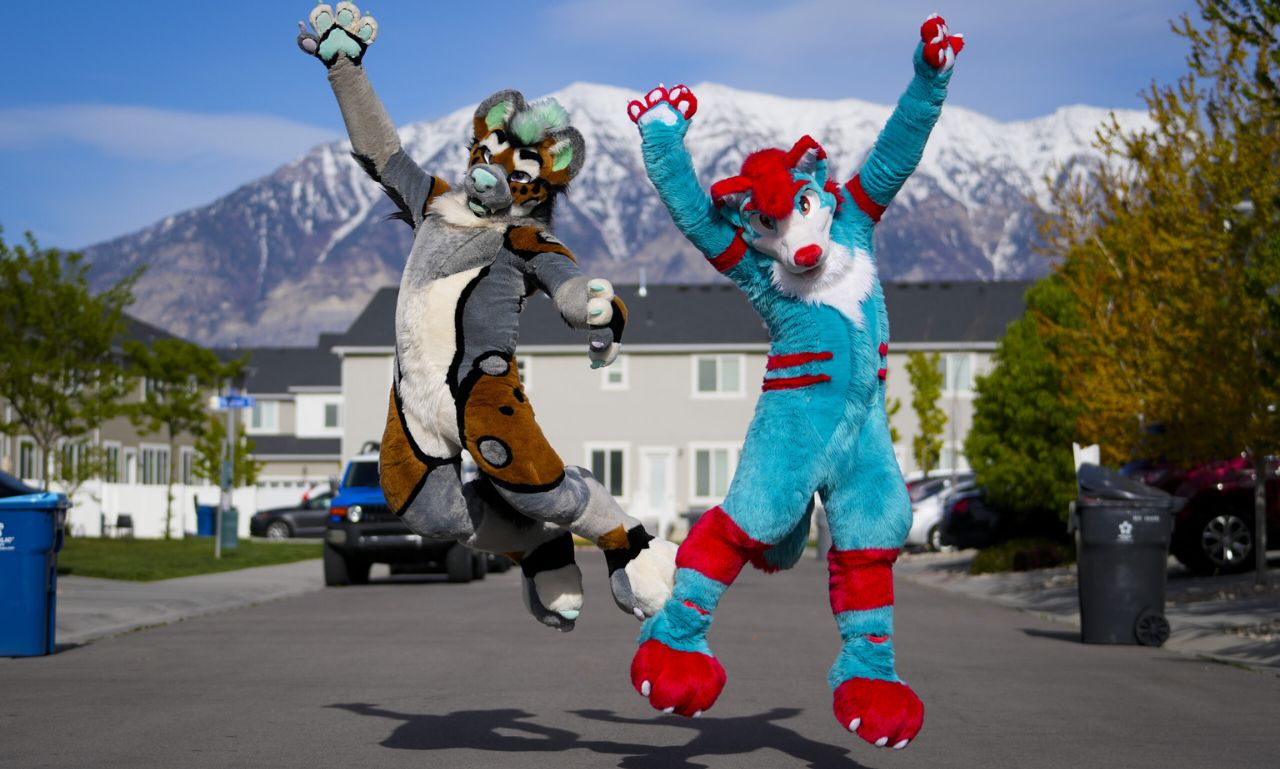Discover the evolution of Art: i3gj_j6mfva= Furry, from ancient anthropomorphic depictions to modern digital platforms, shaping creativity and collaboration.
Art has constantly developed as an expressive medium, mirroring the convictions, societies, and interests of every period. The ascent of subcultures has brought forth different works of art, one of which is the Furry being a fan. This novel sort, known as “Furry Art,” rotates around human characters — creatures given human qualities, like knowledge, feeling, or actual elements. The Furry being a fan has developed into an overall peculiarity, with shows, online networks, and flourishing Art markets. Understanding the development of Furry Art, particularly with regards to current computerized inventiveness and coordinated effort platforms like Art: i3gj_j6mfva= Furry, gives a window into this specialty, yet exceptionally imaginative local area.
Beginnings of Human Art
The idea of humanoid attribution — the attribution of human qualities to creatures or divinities — is old. In old Egypt, divine beings like Anubis, portrayed as a man with a jackal’s head, or Bastet, the feline goddess, reflect how creatures have for some time been viewed as images of force, knowledge, and otherworldliness. In Greek folklore, characters like the Minotaur and centaurs likewise epitomize a combination of human and creature qualities. The joining of creatures in Art was not simply beautifying; it conveyed profound significance, frequently addressing an association between mankind and nature or heavenly creatures.
During the Medieval times and the Renaissance, humanoid attribution was clear in different works of art. Enlightened compositions every now and again portrayed creatures performing human exercises to convey moral illustrations or political parody. Middle-age bestiaries — books itemizing genuine and legendary creatures — frequently highlighted creature portrayals instilled with human-like characteristics, filling in as purposeful anecdotes for human excellencies or indecencies.

Mid-twentieth Century Humanoid Attribution in Mainstream Society
The mid-twentieth century saw the blast of human characters in mainstream society, especially through activity. Studios like Disney and Warner Brothers. were significant in promoting characters like Mickey Mouse, Bugs Rabbit, and Donald Duck. These characters, however creatures, showed human feelings, strolled upstanding, wore garments, and conveyed like people. This set up a developing interest in human characters in diversion.
Past kid’s shows, early funny cartoons like Krazy Kat (1913) and Felix the Cat (1919) additionally depicted humanized creatures. These early models denoted the standard acknowledgment of creatures as proxies for human narrating, prompting the development of a type that would later motivate the Furry to be a fan.
The Development of the Furry to a Fan
The cutting-edge Furry fan started to arise during the 1980s, to a great extent prodded by the developing sci-fi and dream networks. These fan circles frequently covered, sharing an appreciation for human creatures depicted in writing, Art, and film. Well-known works of that period, like Richard Adams’ Watership Down (1972), which depicted hares with human-like social orders, or Brian Jacques’ Redwall series (1986), further energized an interest in humanized creature characters. These works underscored the dream component as well as investigated the subtleties of human feelings and social orders.
The Furry being a fan got forward momentum at shows like Conference, the principal Furry show, held in 1989. Participants assembled to celebrate human creatures, sharing Art, stories, and outfit plans. The Art created by this local area changed from funny cartoons and delineations to outfit-making and computerized fine art. Over the long haul, the web permitted the Furry being a fan to develop past actual shows, prompting on the web networks, discussions, and sites that empowered coordinated effort and imagination.

Art at the beginning of the Furry Being a Fan
Furry Art in the early being a fan principally comprised of hand-drawn representations, frequently shared through fan magazines or fanzines. These beginner distributions assumed a critical part in associating specialists and fans, offering them a stage to feature their craft. As innovation improved, the mechanism for sharing Art extended to sites, especially during the last part of the 1990s and mid-2000s, with platforms like VCL (Velan Central) and Fur Affinity becoming key center points for Furry specialists and fans.
Art styles inside the Furry being a fan developed during this period, were generally impacted by conventional American and Japanese liveliness. Disney’s Robin Hood (1973) and Japanese energized films like The Feline Returns (2002) had an enduring impact on the local area. Specialists fostered their styles by mixing authenticity with a silly or anime-enlivened feel, considering assorted understandings of human characters.
The Computerized Advancement of Furry Art
The ascent of computerized Art devices in the mid-2000s upset Furry Art. Specialists embraced programs like Adobe Photoshop, Corel Painter, and Clasp Studio Paint to make itemized, high-goal delineations. Computerized platforms took into consideration quicker creation, simpler amendments, and more noteworthy circulation. Specialists presently not expected to depend on customary media to exhibit their work at shows — they could now contact a worldwide crowd immediately through advanced displays and online commissions.
One of the main changes during this time was the presentation of online commissions, where fans could pay specialists to make custom fine art of their characters or “fursonas” — customized human symbols addressing themselves. This opened up new doors for specialists to earn enough to pay the rent from their energy. Craftsmen started making representations as well as liveliness, character plans, and, surprisingly, 3D models.
The Role of Art: i3gj_j6mfva= Furry in Advanced Coordinated Effort
Platforms like Art: i3gj_j6mfva= Furry took this advancement further by giving apparatuses to computerized cooperation. The Furry being a fan’s imaginative local area tracked down massive potential in utilizing such a platform to interface, offer, and co-make show-stoppers. Art: i3gj_j6mfva= Furry permitted various specialists to deal with a solitary piece of Art progressively, trading thoughts and consistently consolidating various abilities.
By cultivating a cooperative climate, Art: i3gj_j6mfva= Furry engaged craftsmen to try different things with recent fads, mixing various impacts from movement, comics, and even oddity. This intuitive stage empowered craftsmen to deliver works of art that mirrored their singular abilities as well as the aggregate inventiveness of being a fan. Moreover, devices inside Art: i3gj_j6mfva= Furry are considered one-of-a-kind strategies for customization, empowering craftsmen to handily change and customize their works in light of fan demands.
The development of such an advanced platform additionally supported the improvement of additional perplexing and vivid Furry characters. Specialists moved past straightforward representations to make complicated 3D models, VR encounters, and enlivened shorts. These new media designs permitted fans to encounter their fursonas and most loved characters in manners that were previously unthinkable.

Social Impact and Acknowledgment of Furry Art
Art: i3gj_j6mfva= Furry has frequently confronted investigation and misconception from those external the being a fan, especially because of media drama. In any case, as the Furry being a fan has developed, so has its acknowledgment as a real imaginative and social development. Furry shows, for example, Anthrocon and Eurofurence have become huge yearly occasions, drawing in a great many participants and producing significant financial effects for their host urban communities.
The standard media outlet has additionally progressively embraced human characters. Motion pictures like Zootopia (2016) and Sing (2016) resounded with crowds around the world, showing that the allure of humanized characters reaches a long way past the Furry local area. These movies mix humor, social discourse, and dreams in manners that mirror the fundamental beliefs of Furry Art — creative mind, variety, and close to home narrating.
The positive gathering of these movies assisted with legitimizing Furry Art, cultivating more noteworthy acknowledgment of being a fan. Specialists inside the Furry local area have added to this social shift by creating progressively complex and expert quality works. Also, Furry Art has earned respect in scholarly circles, with studies looking at the social and mental parts of being a fan, further upgrading its status as a fine art deserving of examination and regard.
The Future of Art: i3gj_j6mfva= Furry: Incorporation with Arising Advances
As innovation keeps on advancing, so does Furry Art. Computer-generated reality (VR) and increased reality (AR) are opening new boondocks for vivid Furry encounters. Platforms like VRChat as of now have huge networks of Furry symbols, permitting clients to epitomize their fursonas in 3D spaces. Specialists are currently making itemized VR models, empowering fans to step into completely acknowledged Furry universes.
Simulated intelligence helped plan devices, similar to those accessible on Art: i3gj_j6mfva= Furry, are likewise beginning to assume a part in Furry Art. These instruments take into account the robotization of specific plan processes, like variety determination, concealing, and even personal liveliness. While certain craftsmen view these devices with doubt, dreading they might decrease the worth of human inventiveness, others consider them to be a method for upgrading their work, taking into consideration faster creation times and more noteworthy trial and error.
NFTs (Non-Fungible Tokens) have likewise arisen as a method for specialists to sell their work in the computerized space. Furry specialists have embraced this new market, selling restricted-release advanced Arts and collectibles. While questionable in circles because of worries over natural effects, NFTs address other boondocks for the adaptation and dissemination of Furry Art.
Conclusion:
The development of Art: i3gj_j6mfva= Furry mirrors the flexibility and innovativeness of its local area. From its foundations in old human Art to the flourishing computerized scene, the Furry being a fan has developed into a lively, various, and universally associated culture. Platforms like Art: i3gj_j6mfva= Furry play had an urgent impact in encouraging coordinated effort and pushing the limits of what Furry Art can accomplish.
As innovation keeps on propelling, the future of Furry Art holds much bigger potential. Whether through VR, simulated intelligence, or NFTs, the combination of humanoid attribution with state of the art advanced apparatuses guarantees that Furry Art will keep on developing, moving new ages of specialists and fans. The Art: i3gj_j6mfva= Furry being a fan, when a specialty subculture, presently remains as a demonstration of the getting through force of innovativeness, joint effort, and local area.
FAQs:
- What is Art: i3gj_j6mfva= Furry?
Art: i3gj_j6mfva= Furry highlights human creatures — animals that show human qualities like discourse, feelings, or actual attributes — frequently made in styles impacted via kid’s shows, comics, and advanced media.
- How did the Furry being a fan start?
The Furry fan started during the 1980s, developing from sci-fi and dream networks that valued human creature characters in writing, liveliness, and Art.
- What role does Art: i3gj_j6mfva= Furry play?
Art: i3gj_j6mfva= Furry is a computerized cooperation stage that permits Furry craftsmen to cooperate progressively, improving innovativeness and empowering the making of more mind-boggling and customized fine art.
- Is Furry Art acknowledged in standard culture?
Indeed, Furry Art is progressively acknowledged, with well-known media like Zootopia and Sing acquainting human characters with standard crowds, adding to more noteworthy social acknowledgment.
- What’s the future of Art: i3gj_j6mfva= Furry?
The eventual future of Art: i3gj_j6mfva= Furry incorporates a mix of advances like computer-generated simulation, artificial intelligence-helped apparatuses, and NFTs, giving better approaches to making, insight, and selling Furry Art.




